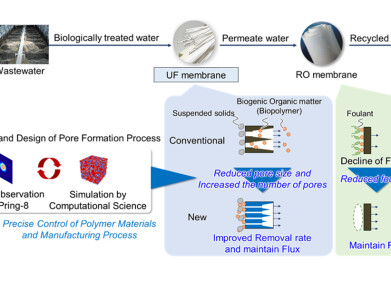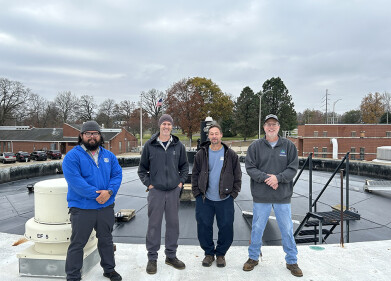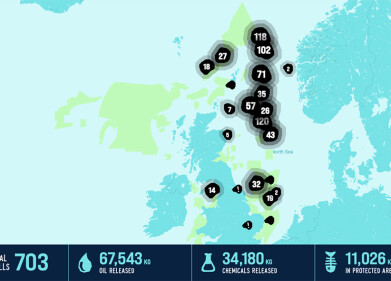Water/Wastewater
How Are Ships Cheating Pollution?
Oct 07 2019
Thousands of industrial shipping vessels have been fitted with special “cheat devices” which allow them to circumvent International Maritime Organisation (IMO) rules, according to an exposé by the Independent newspaper. As of January 1st, 2019, the IMO will impose stringent restrictions on the amount of sulphur that is emitted into the atmosphere in cruise liners, cargo ships and other large vessels in a bid to force them to clean up their environmental performance.
However, the industry has collectively spent over $12 billion installing contraptions which simply reroute the sulphur content of their emissions and discharge it into the sea instead. Not only does this have a disastrous effect on local marine wildlife, but the process of extracting the sulphur from the fumes necessitates an increase in carbon dioxide (CO2) emissions, as well.
Bending the rules – but not breaking them
Similar to the medium combustion plant directive, which deals with emissions from energy generation plants and other large industrial facilities on land, the IMO’s new rules were intended to reduce the amount of sulphur that ships can emit and discourage them from using the most polluting kind of fuel, heavy fuel oil.
However, a loophole in the rule allows shipping firms to install open-loop scrubbers, which extract the sulphur from the exhaust fumes of the vessel and expel it directly into the waters around it. This chicanery makes the ships technically compliant with the legislation, allowing companies to claim they are meeting their environmental obligations. In actual fact they have simply adapted to an even more contaminating modus operandi than before, since open-loop scrubbers discharge a plethora of toxins into the ocean and emit 2% more carbon dioxide than regular ships.
An industry-wide epidemic
According to DNV GL, who specialise in vessel classification on a global scale, the problem is not an isolated one. By their account, a total of 3,756 crafts have had open-loop scrubbers installed. There is an eco-friendly version of the device – which stores the sulphur for safe disposal once the ship is docked in port instead of dumping it into the sea – but only 0.6% (23) have plumped for the closed-loop option.
According to non-profit organisation the International Council for Clean Transportation (ICCT), a ship fitted with an open-loop scrubber will discharge 45 tonnes of contaminated wastewater into the ocean for every tonne of fuel burned. In 2020, it’s estimated that cruise ships alone will consume approximately four million tonnes of fuel and discharge 180 million tonnes of contaminants overboard.
Port authorities taking note
With the IMO helpless to stop the industry circumventing its rules due to their own lax legislation, individual port authorities have been stepping up. The EU takes monitoring sulphur emissions very seriously and has appealed to the IMO to come up with a collection of “harmonised rules” which make it clear where open-loop scrubbers can and cannot operate. Individual member states like Ireland and Germany have even banned their use in some regions.
Further afield, the Emirati port of Fujairah has implemented a total embargo on the use of the scrubbers for vessels within its waters and China has done the same, prohibiting discharge of the effluent within 12 nautical miles of its coast. However, even if ships are not allowed to discharge close to land, they will still do so when at open sea, meaning the impact on marine life will merely be displaced, not negated altogether.
Events
Apr 15 2025 Moscow, Russia
Apr 21 2025 Shanghai, China
May 11 2025 Vienna, Austria
May 18 2025 Algiers, Algeria
23rd International Water Management Exhibition
May 20 2025 Prague, Czech Republic














